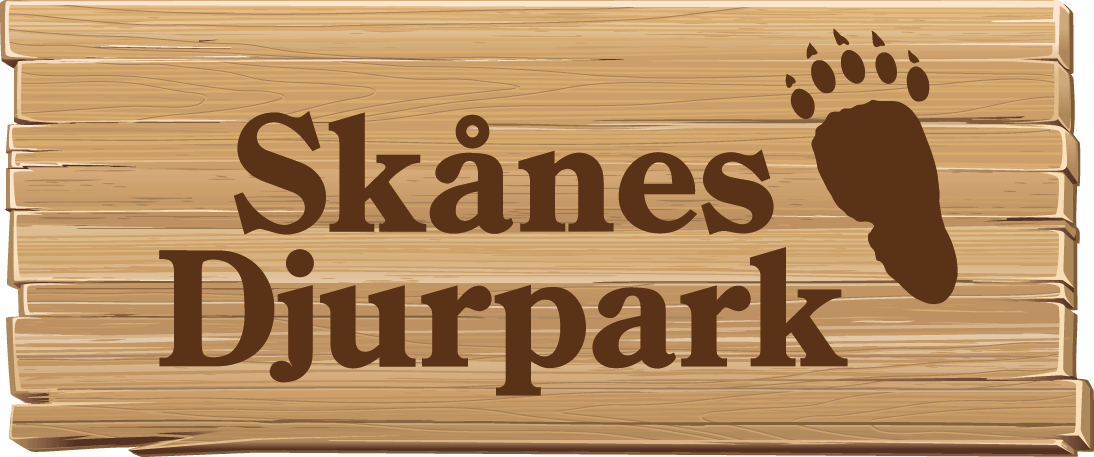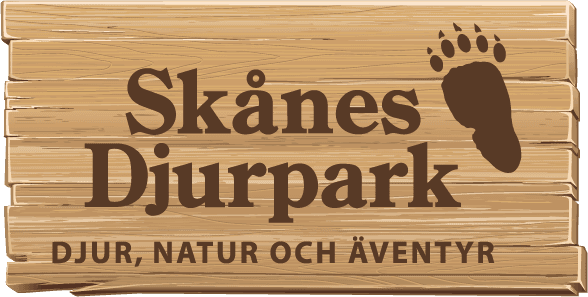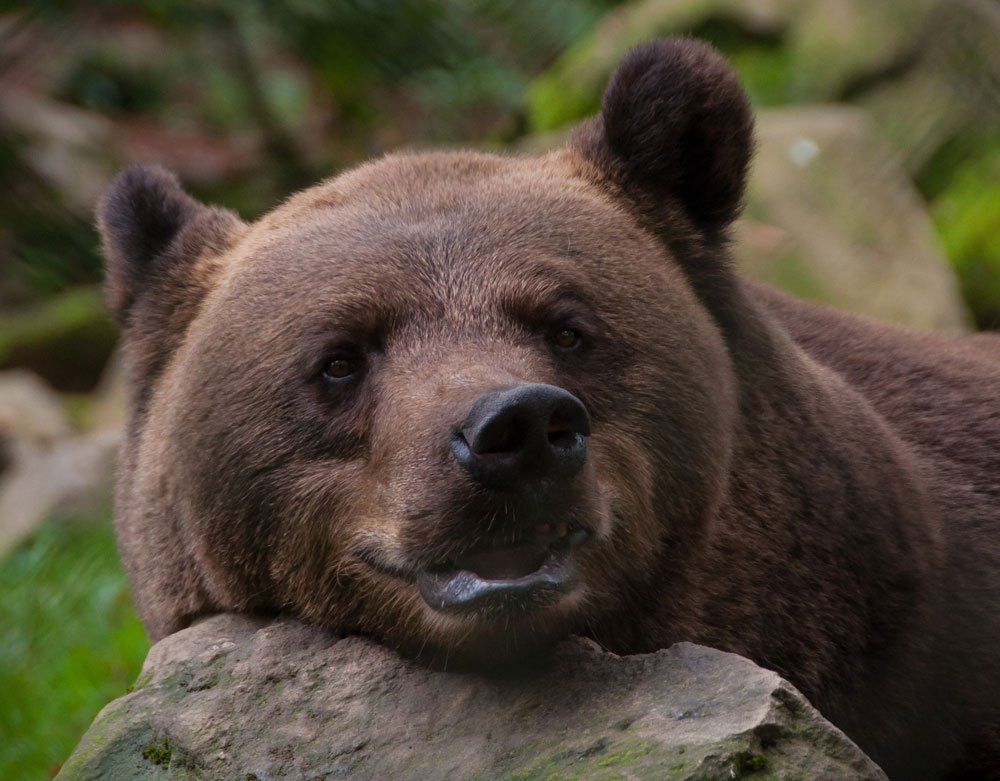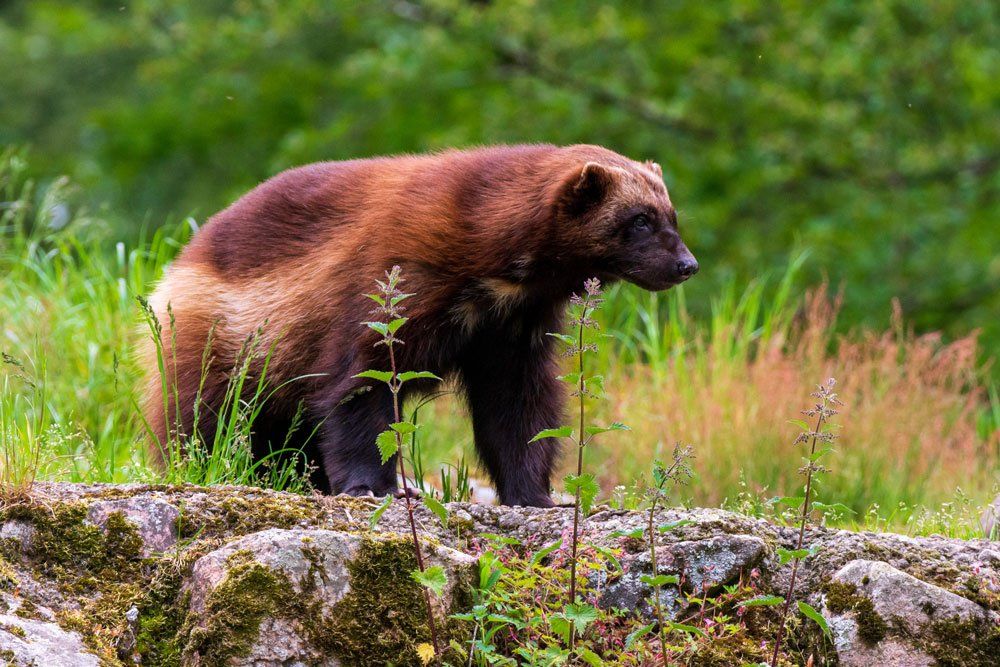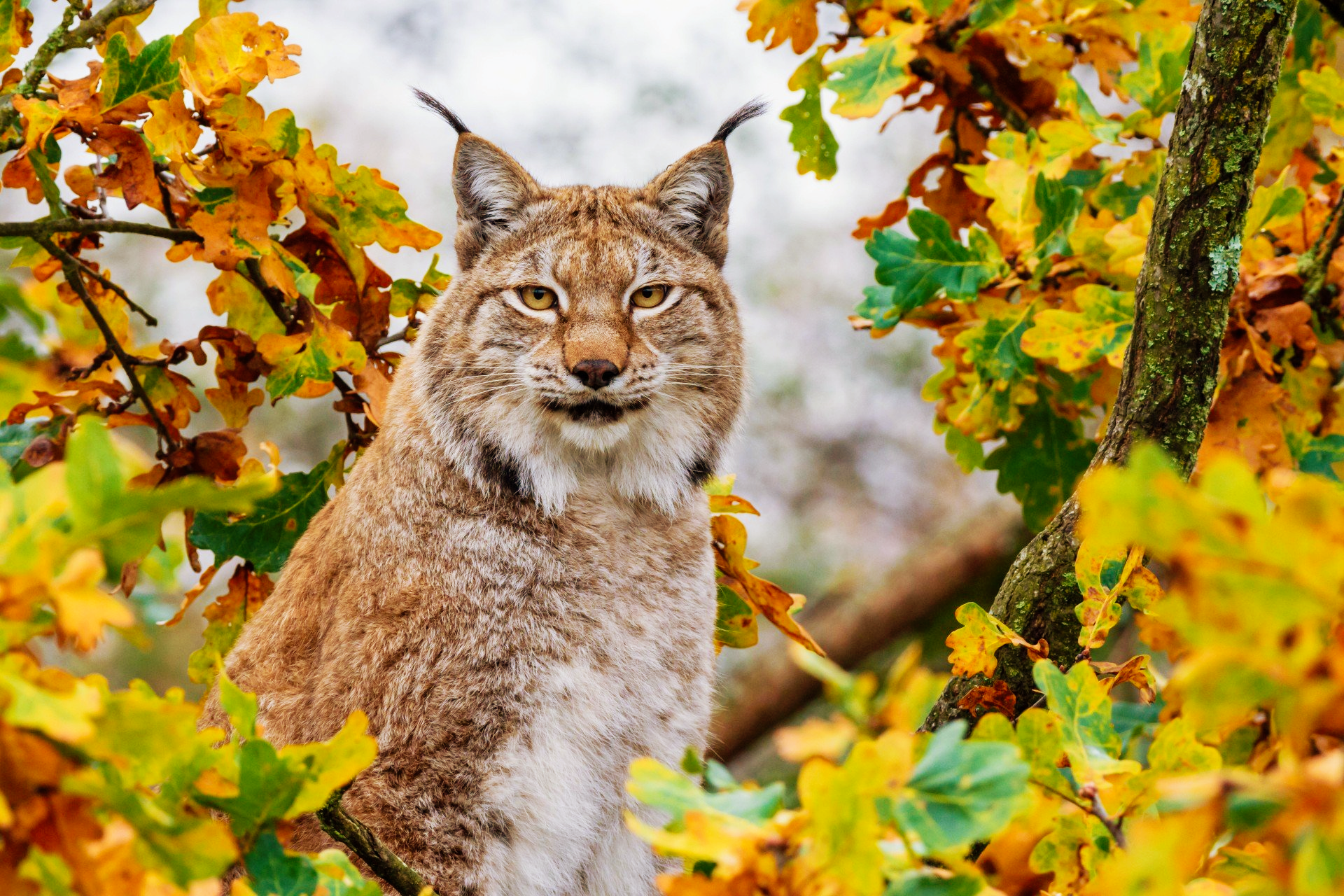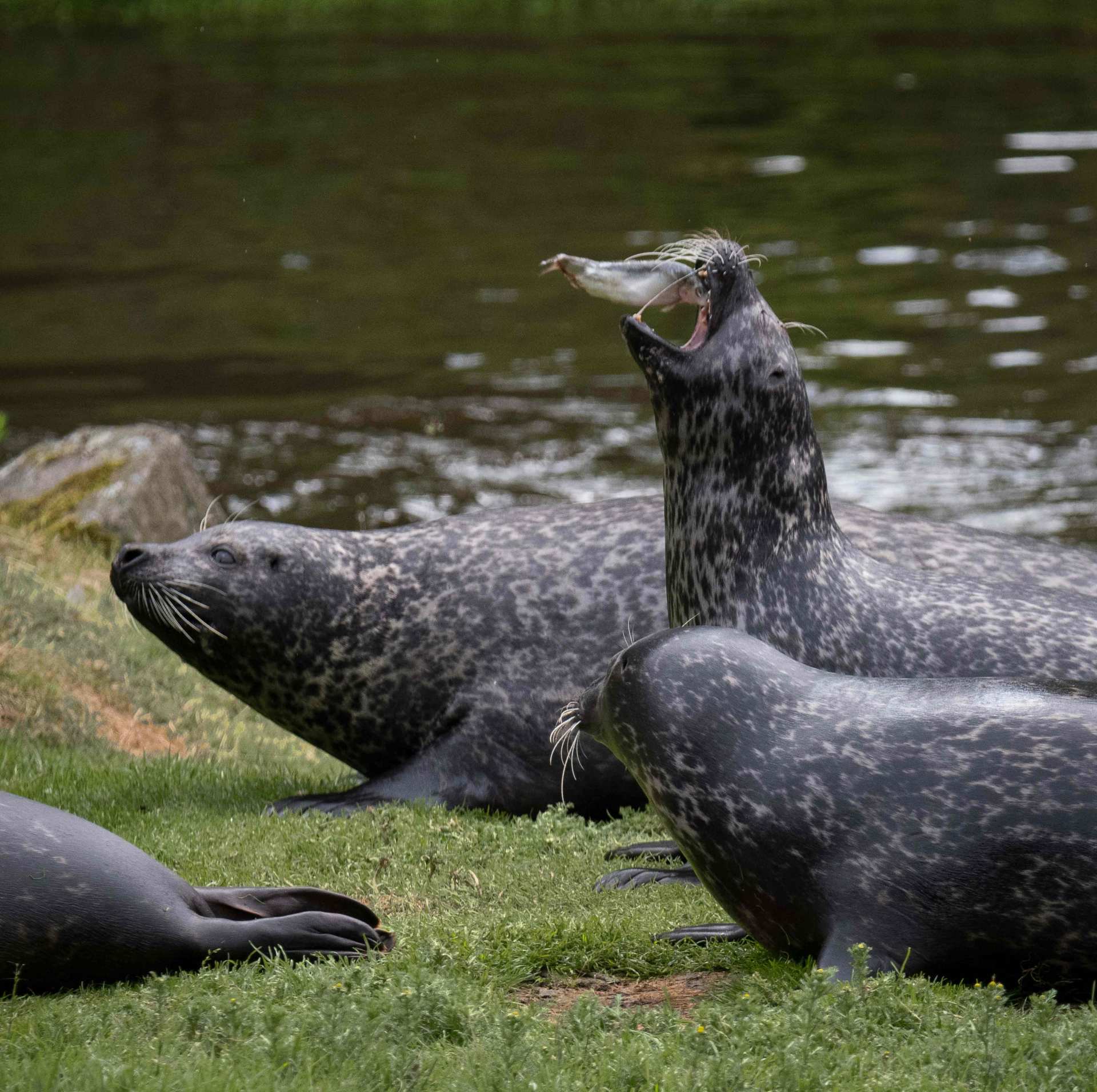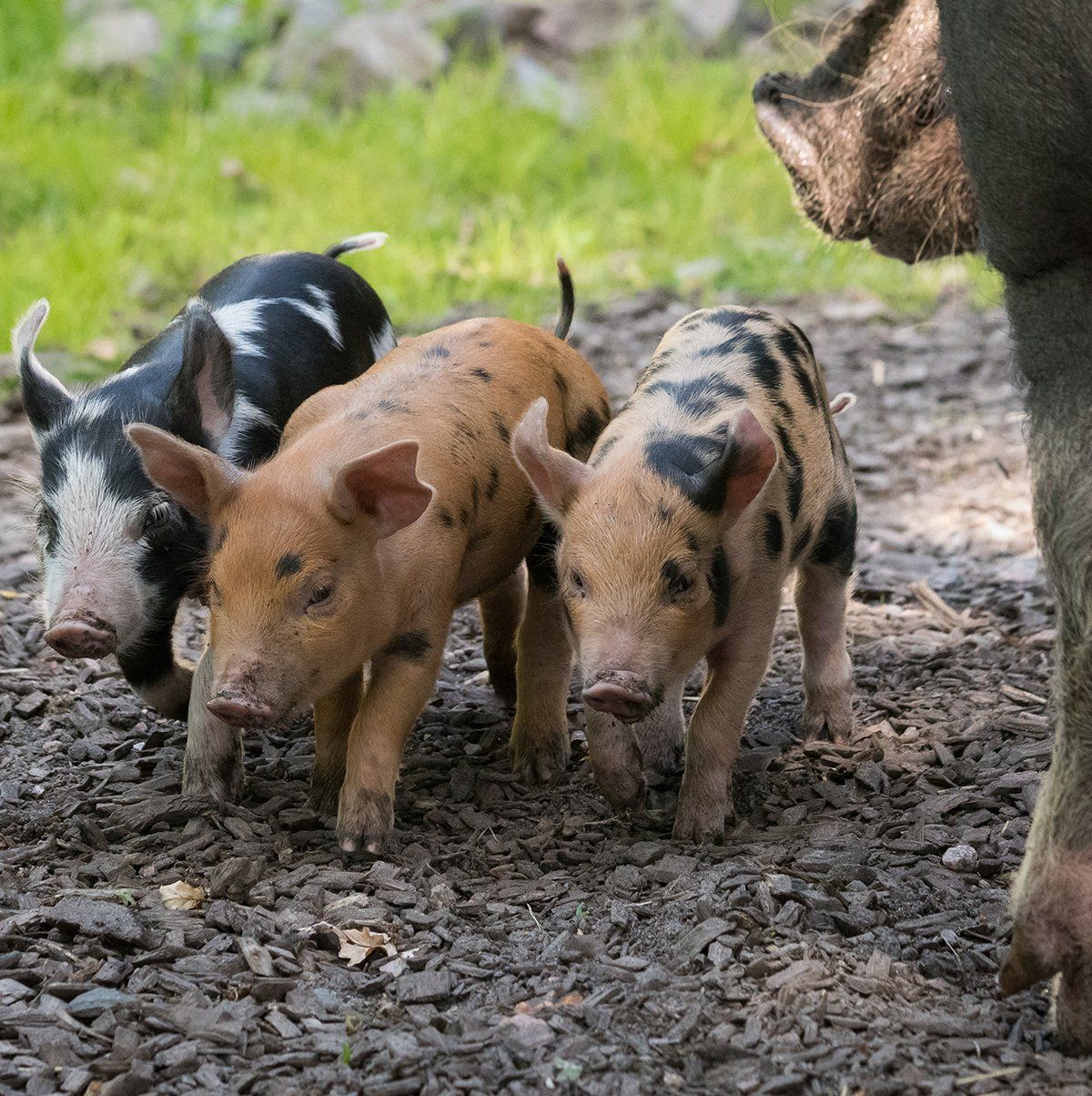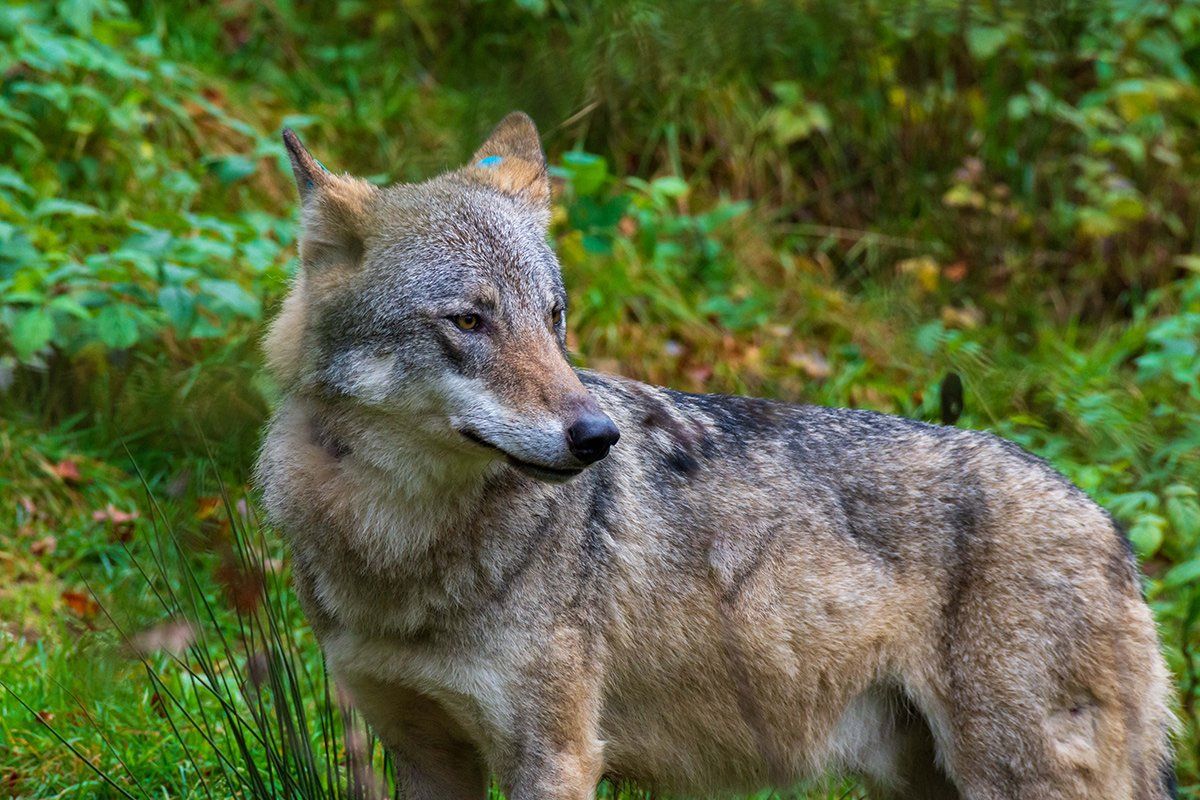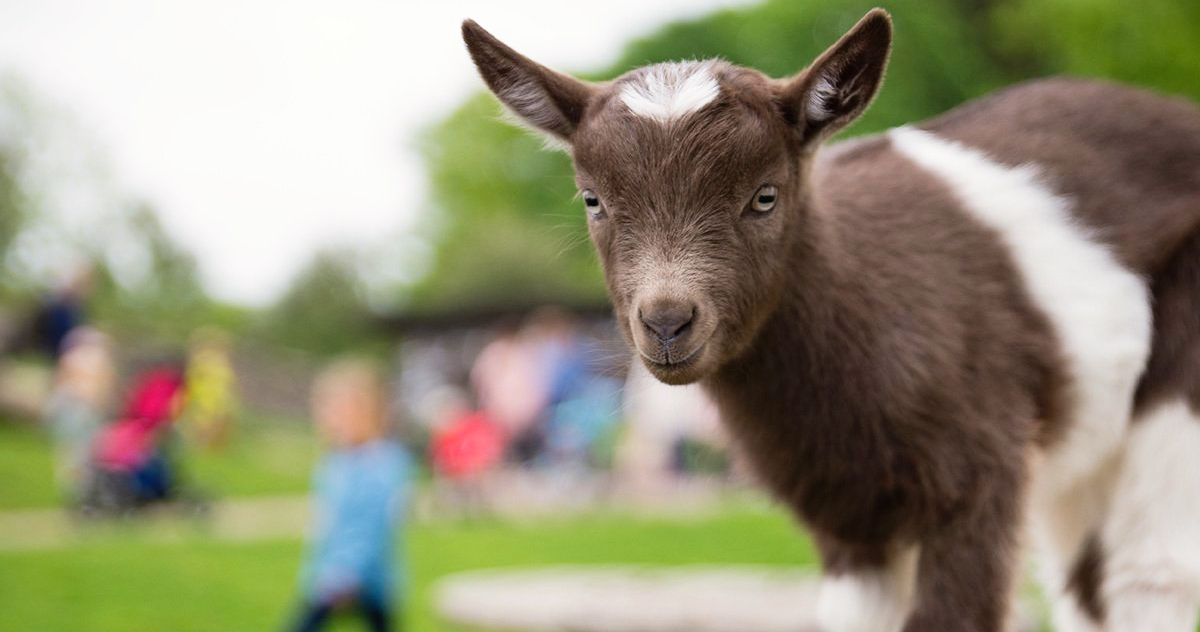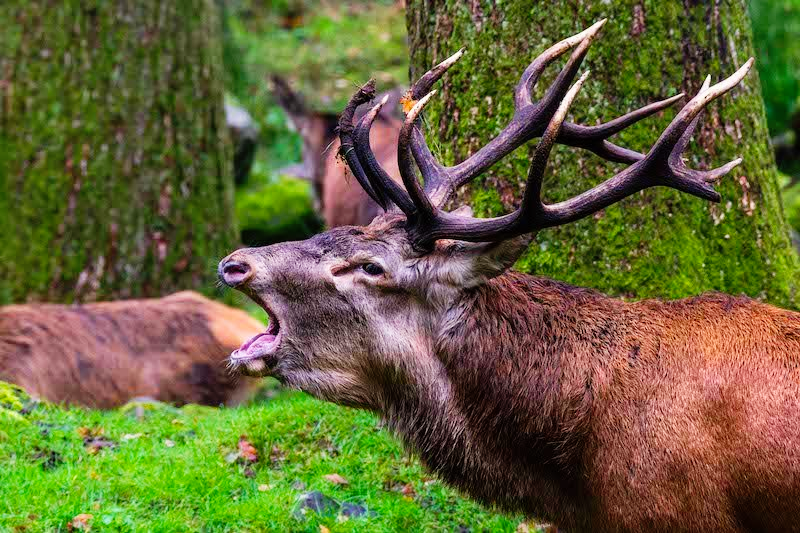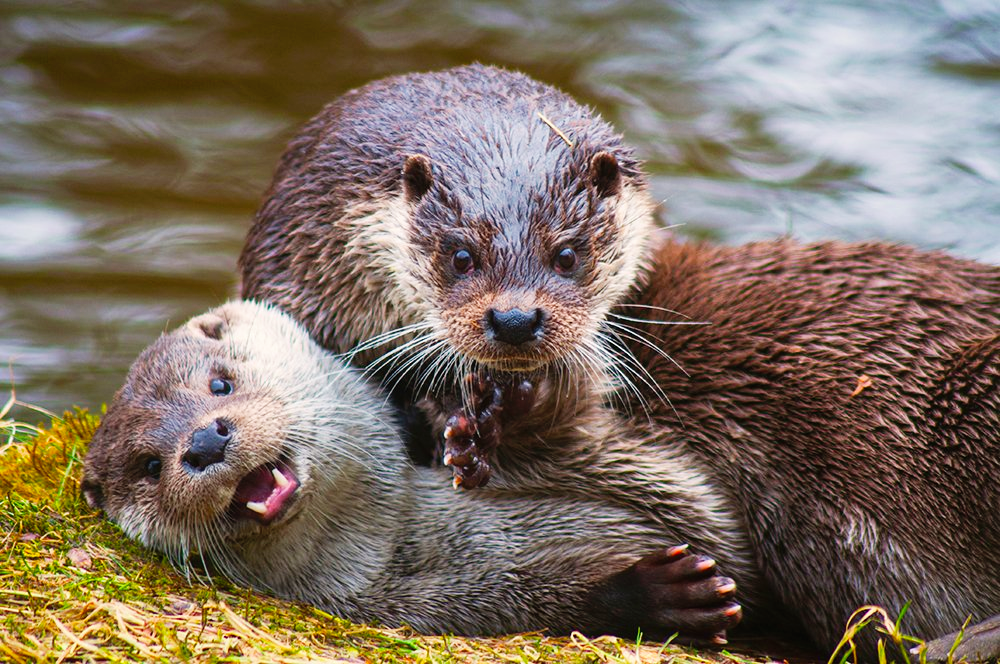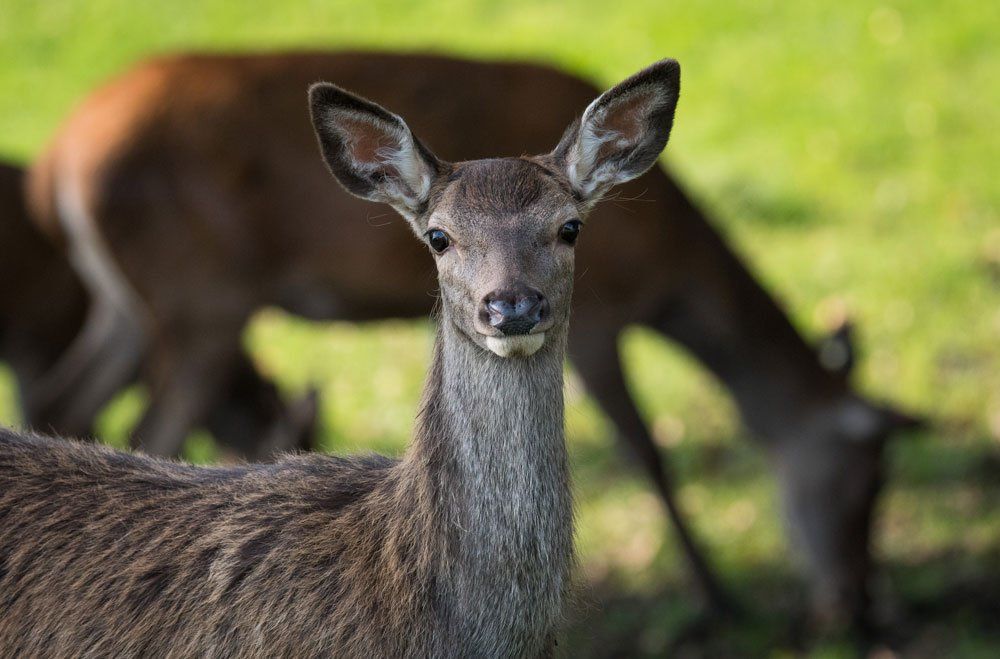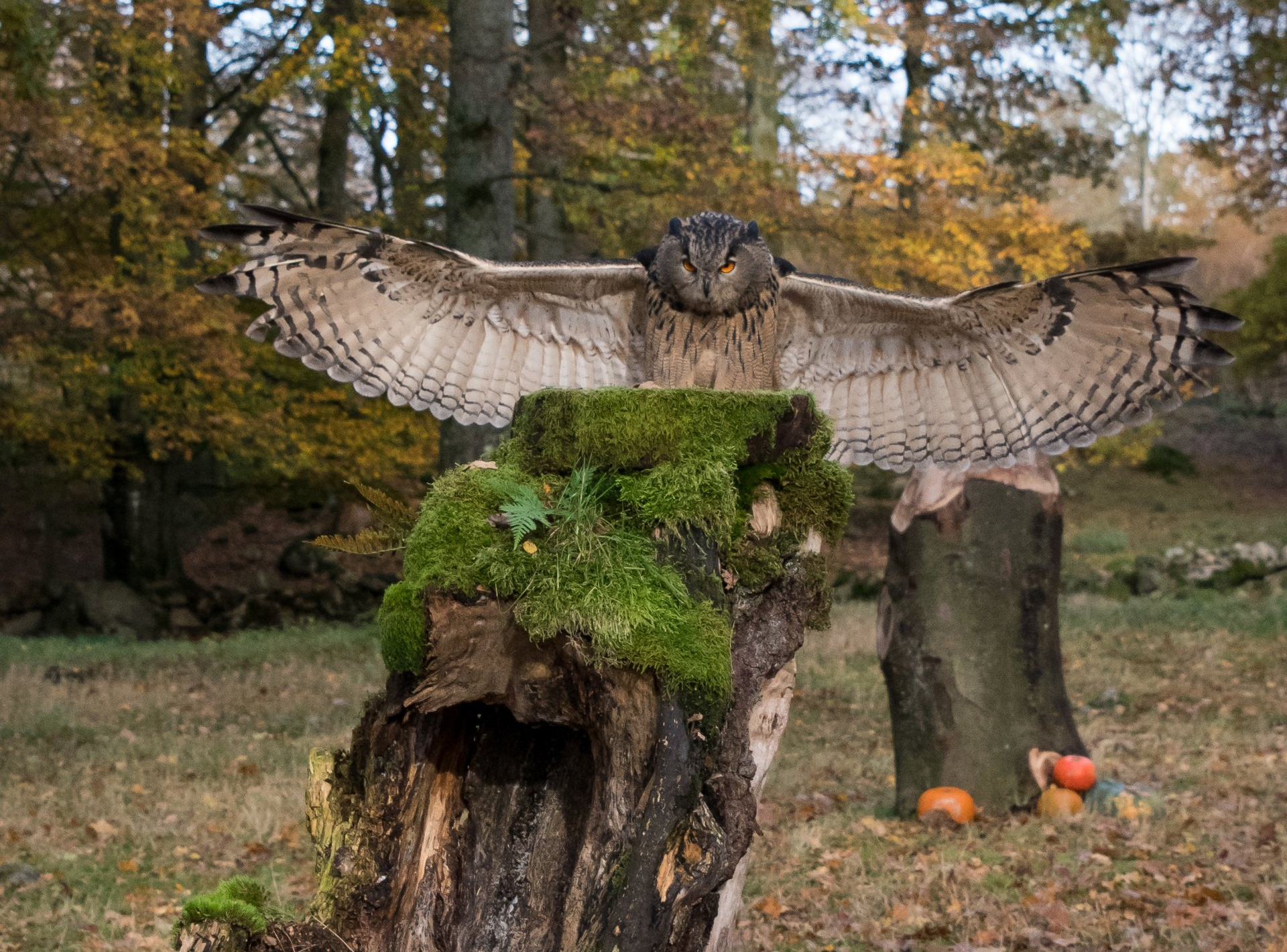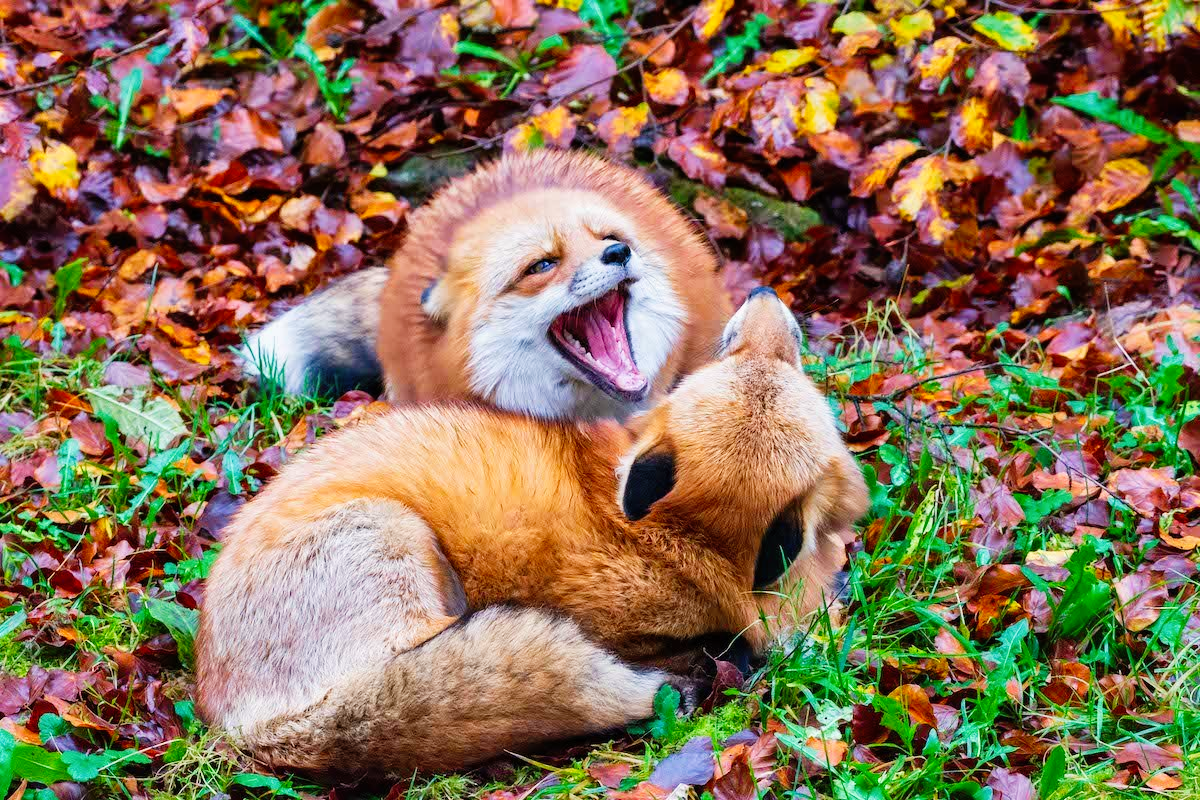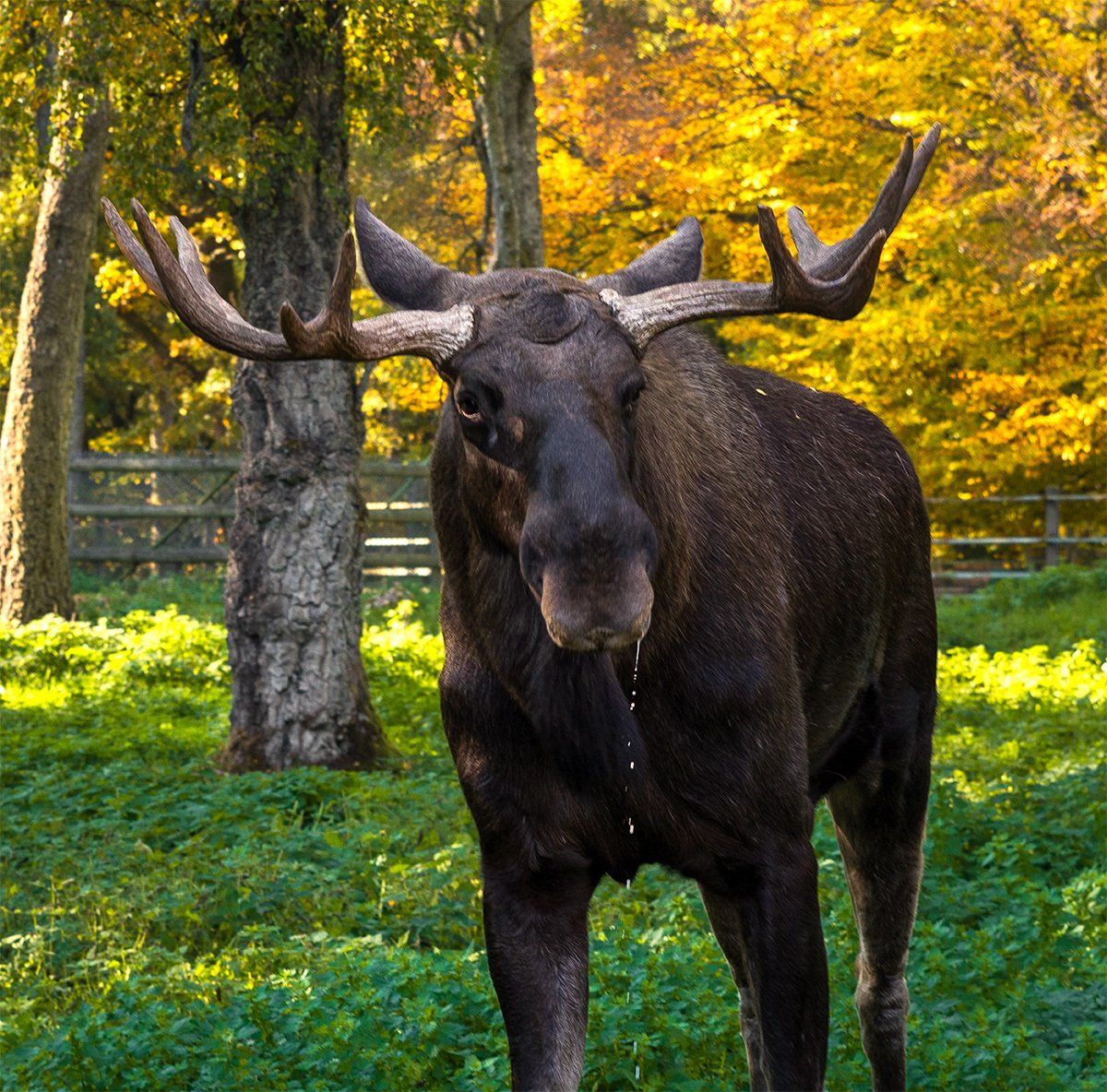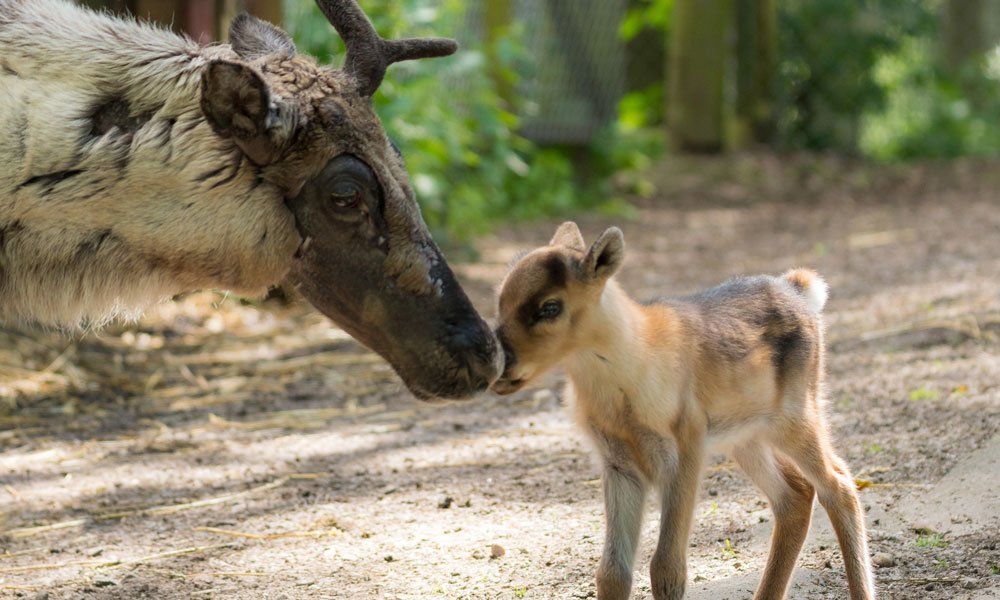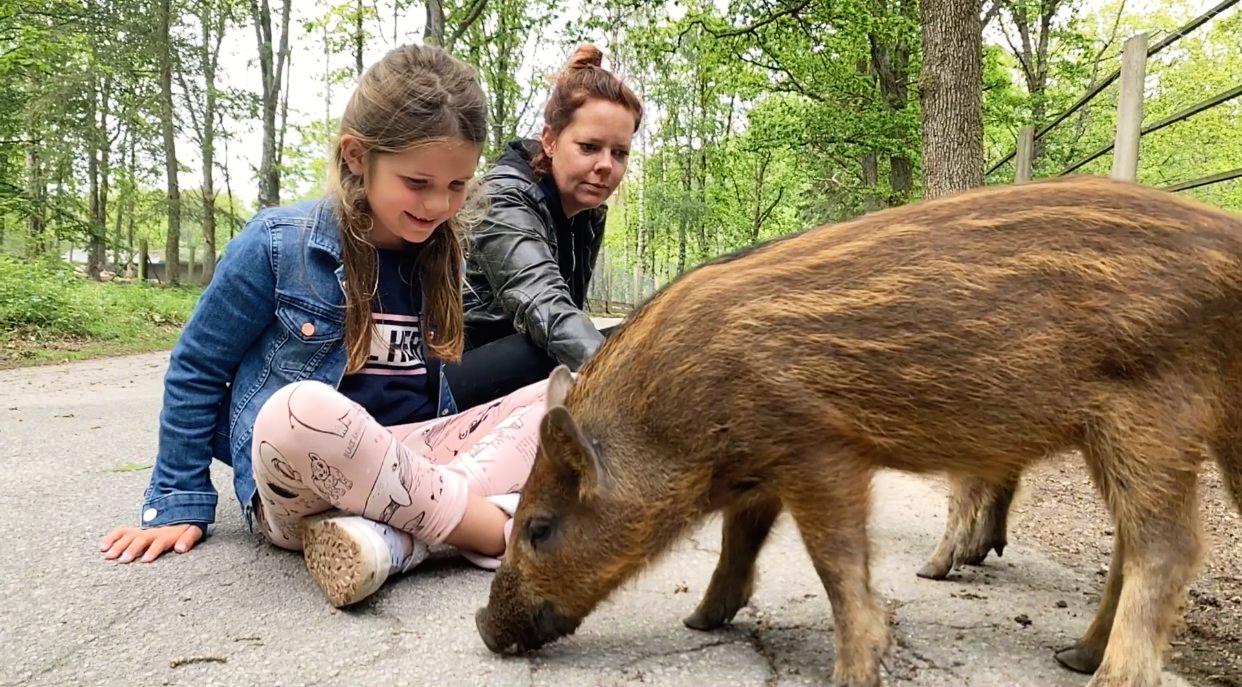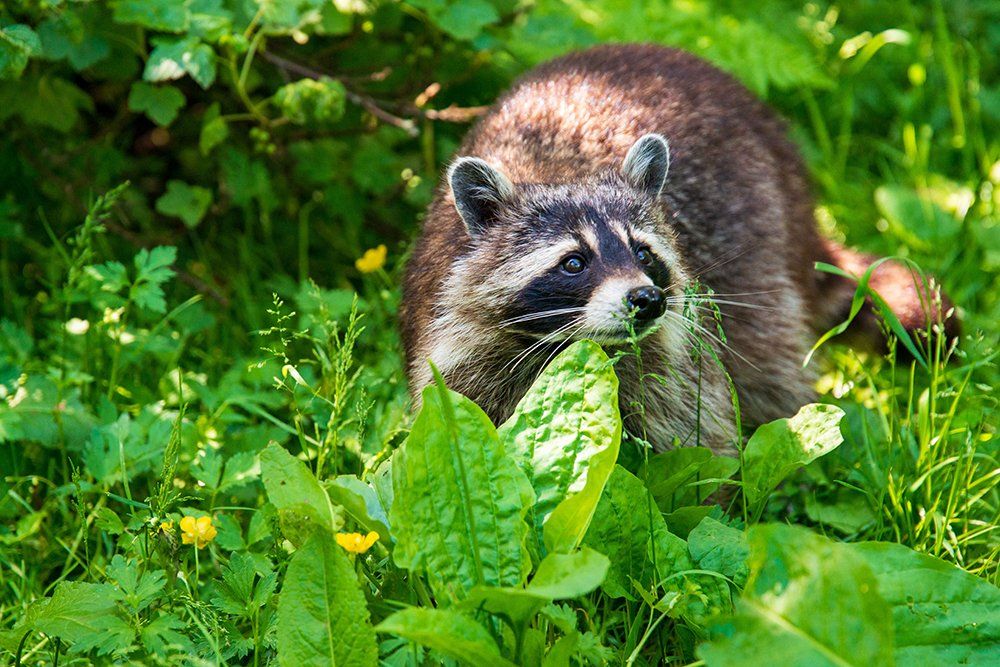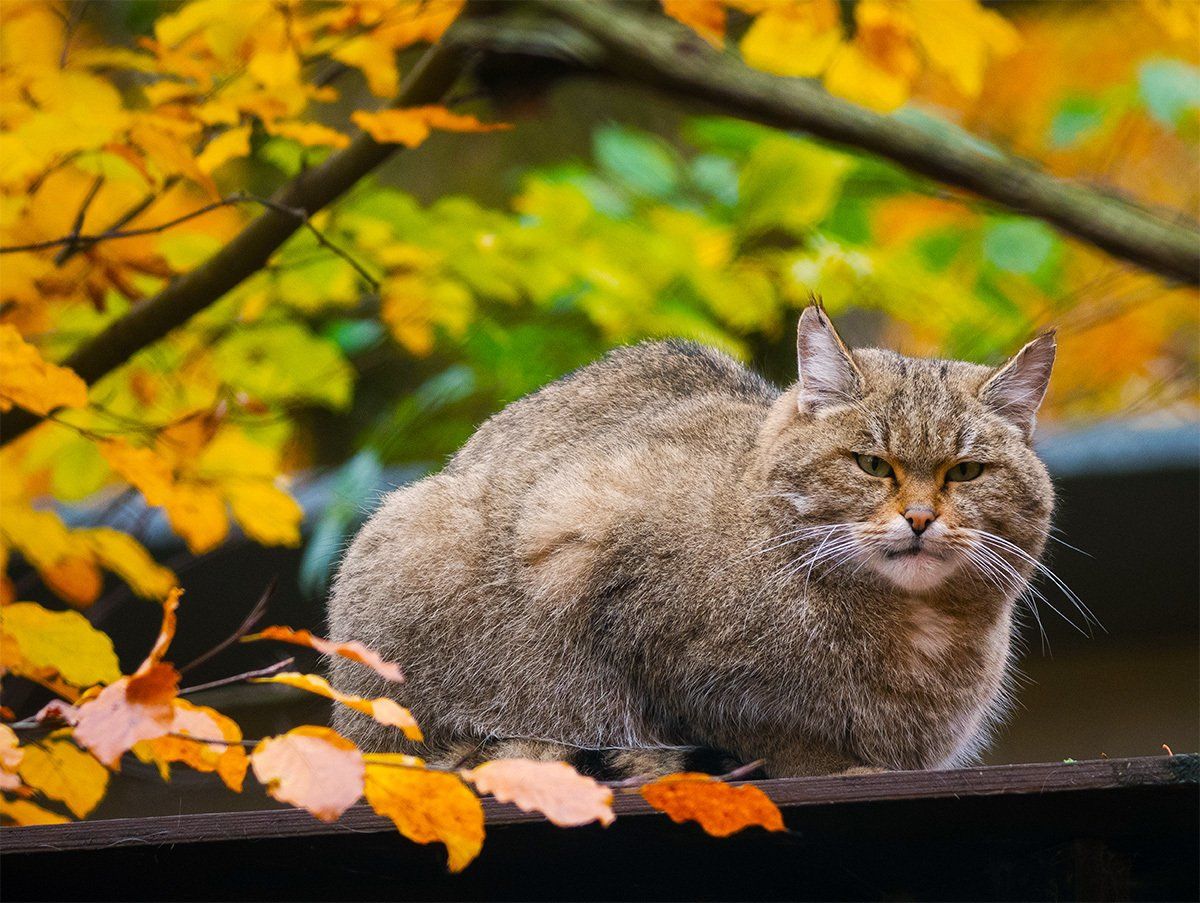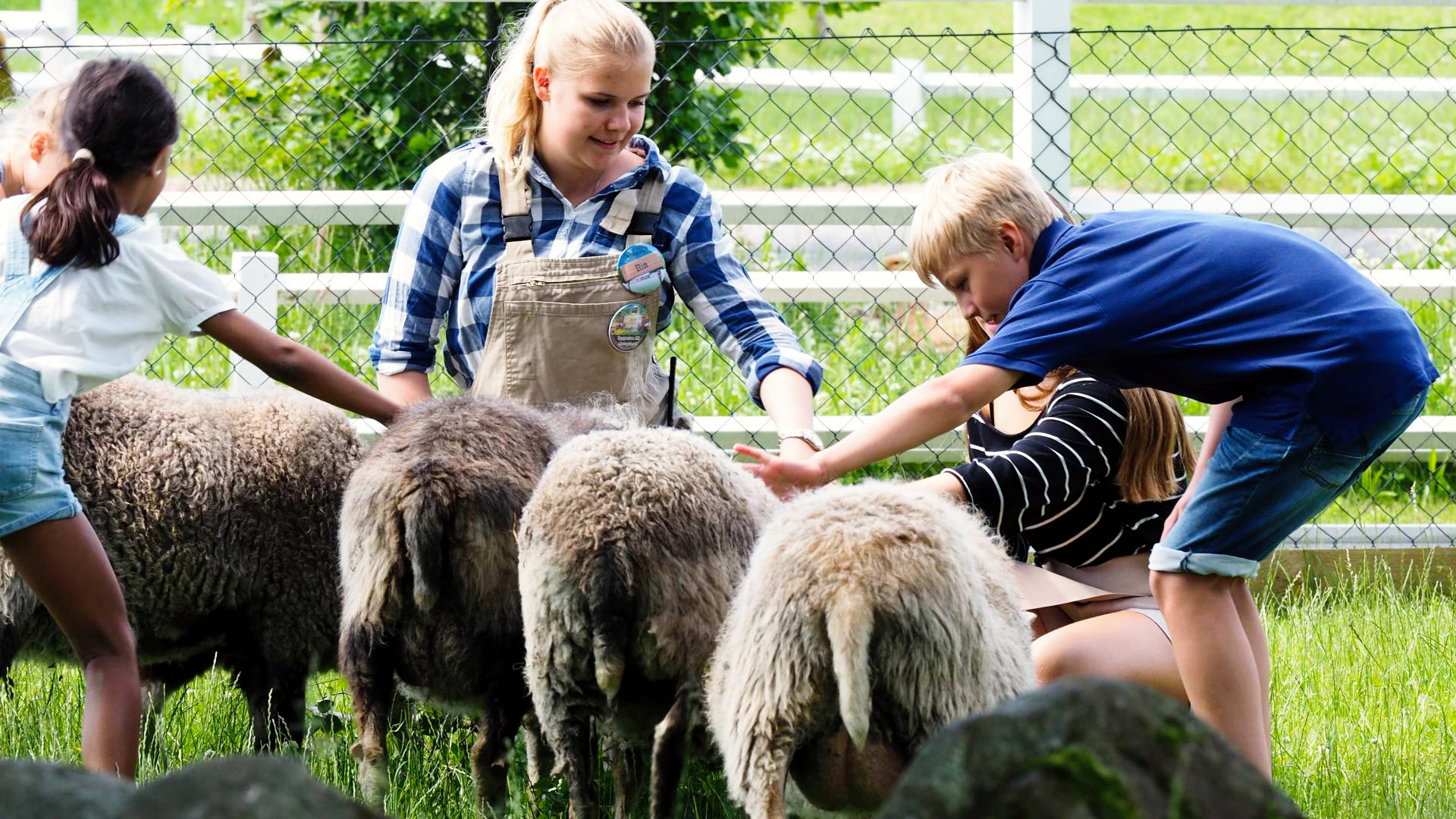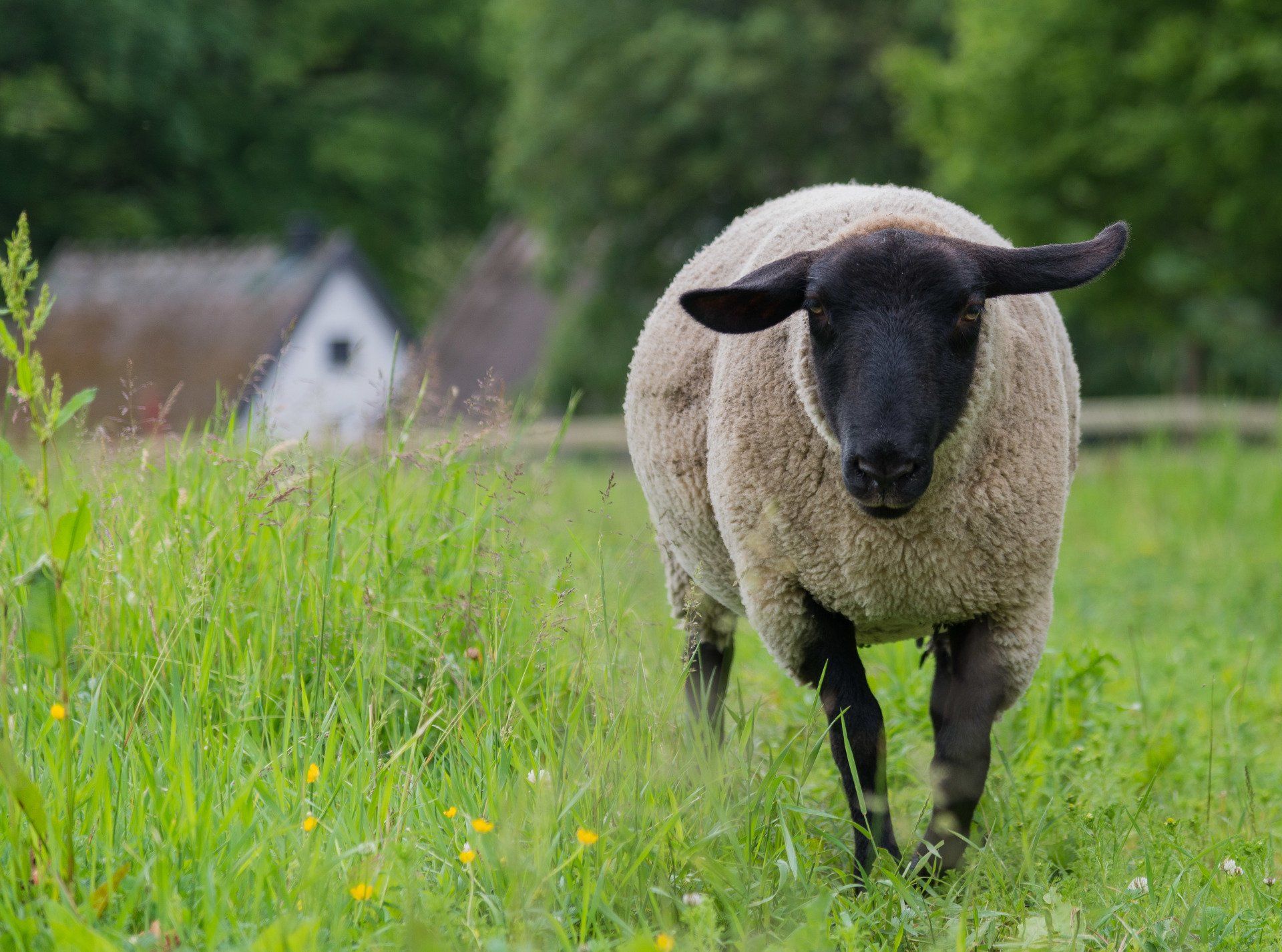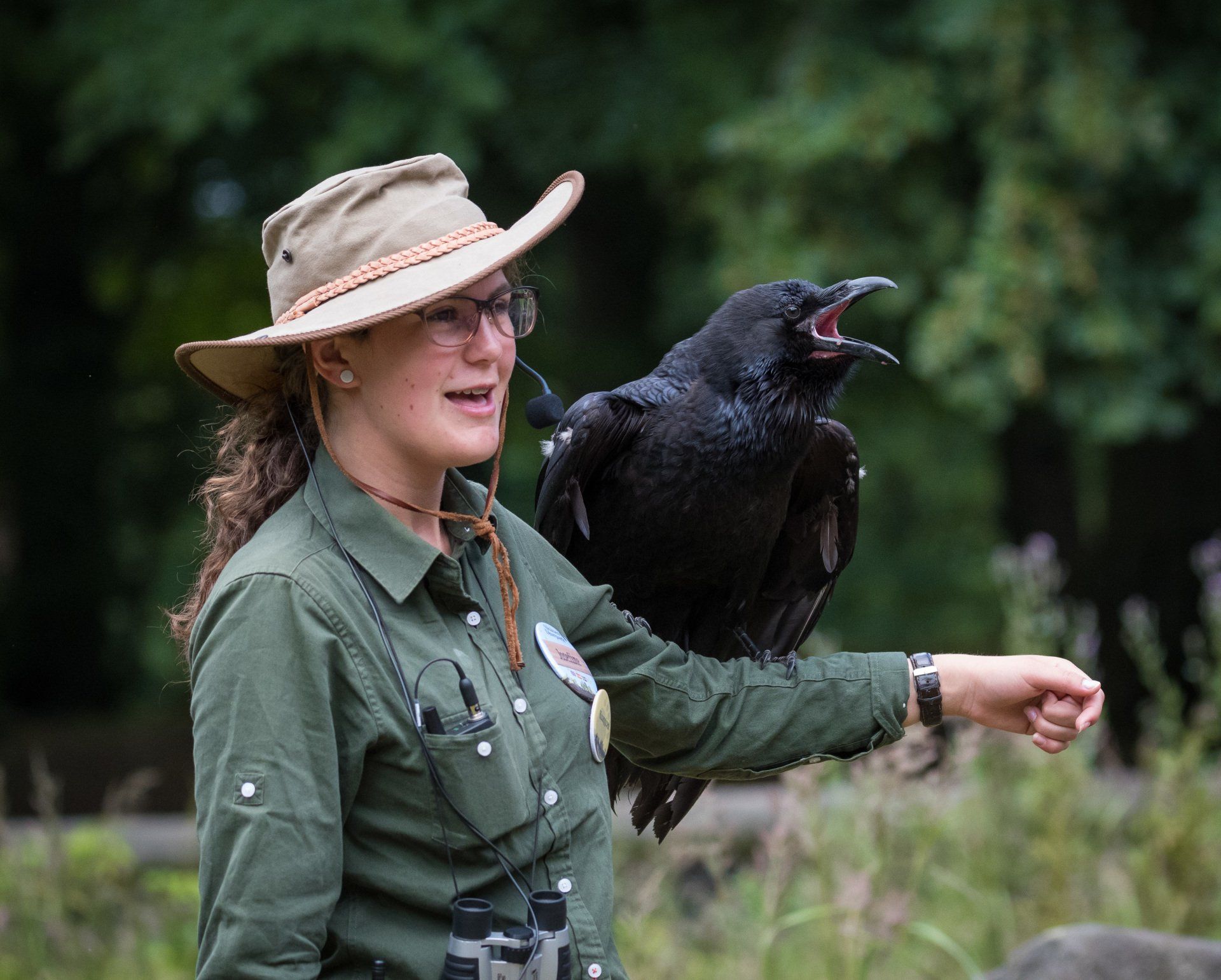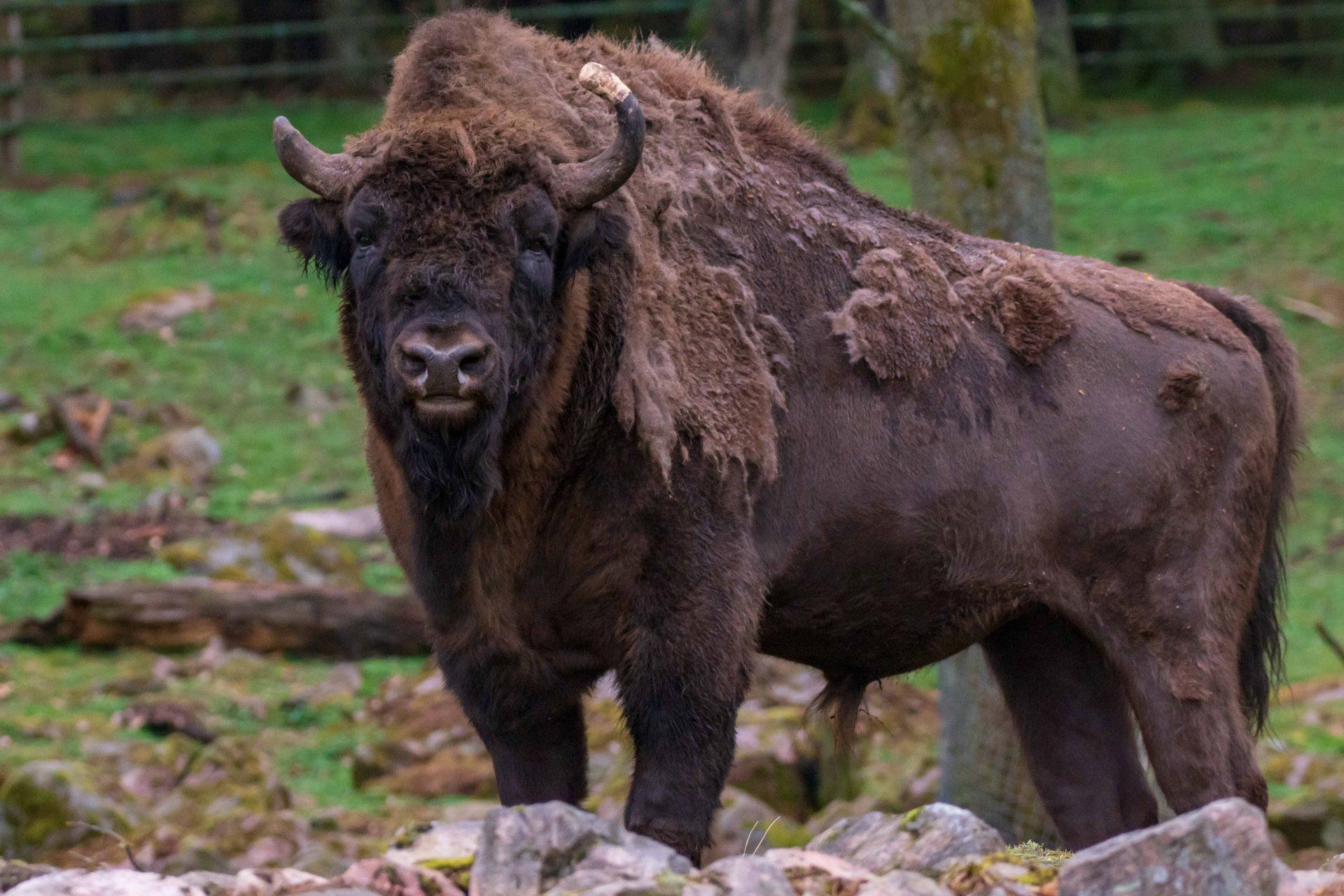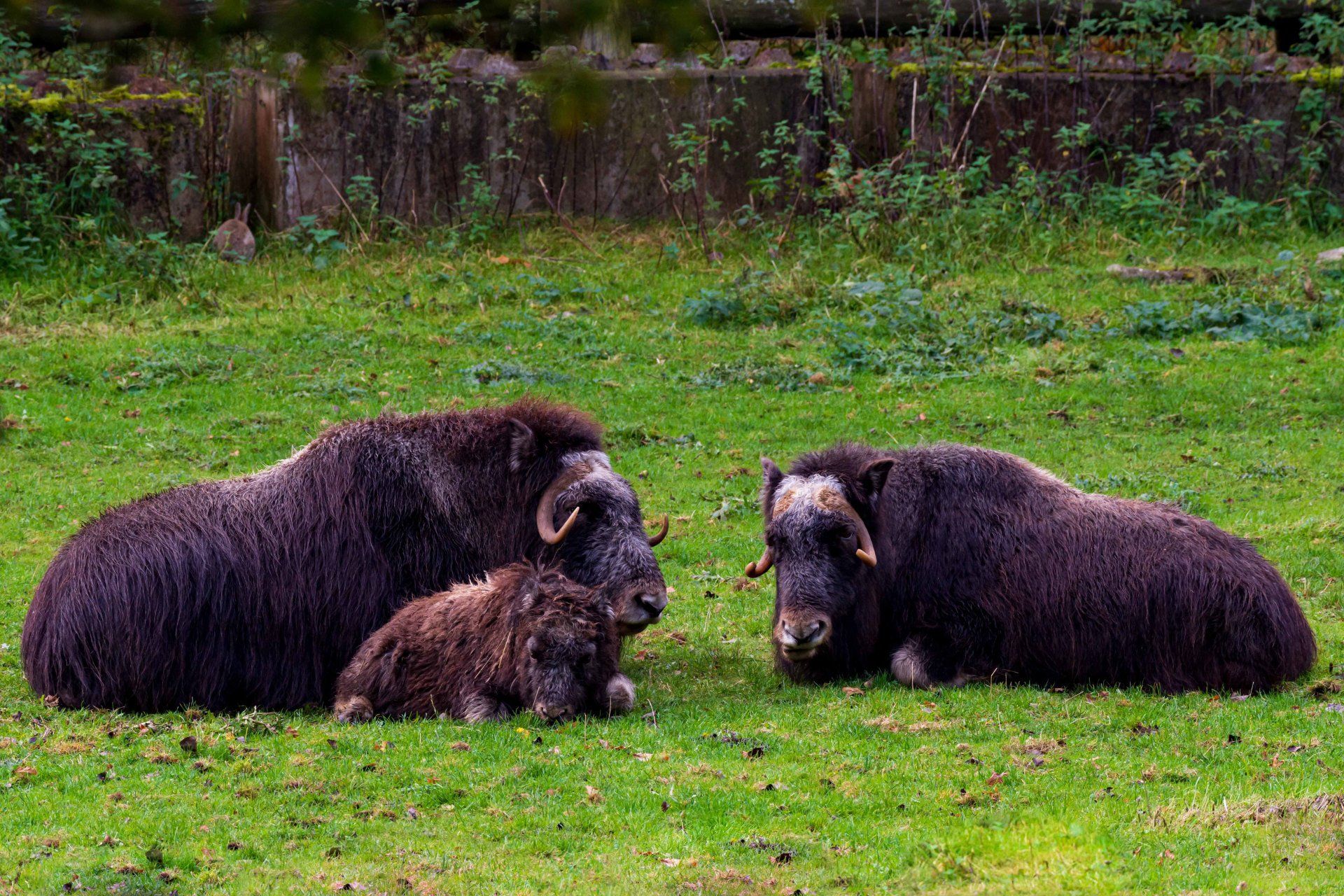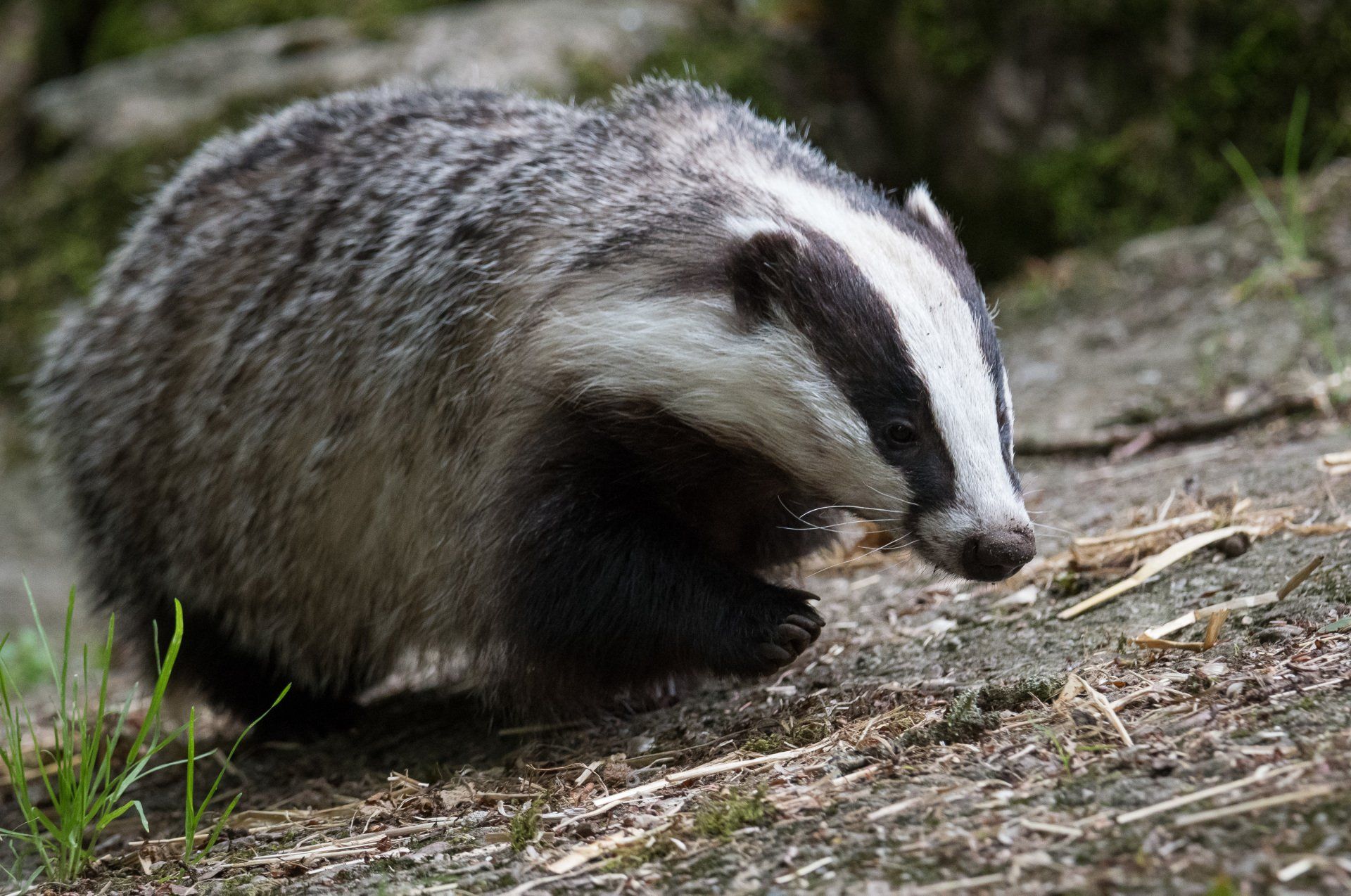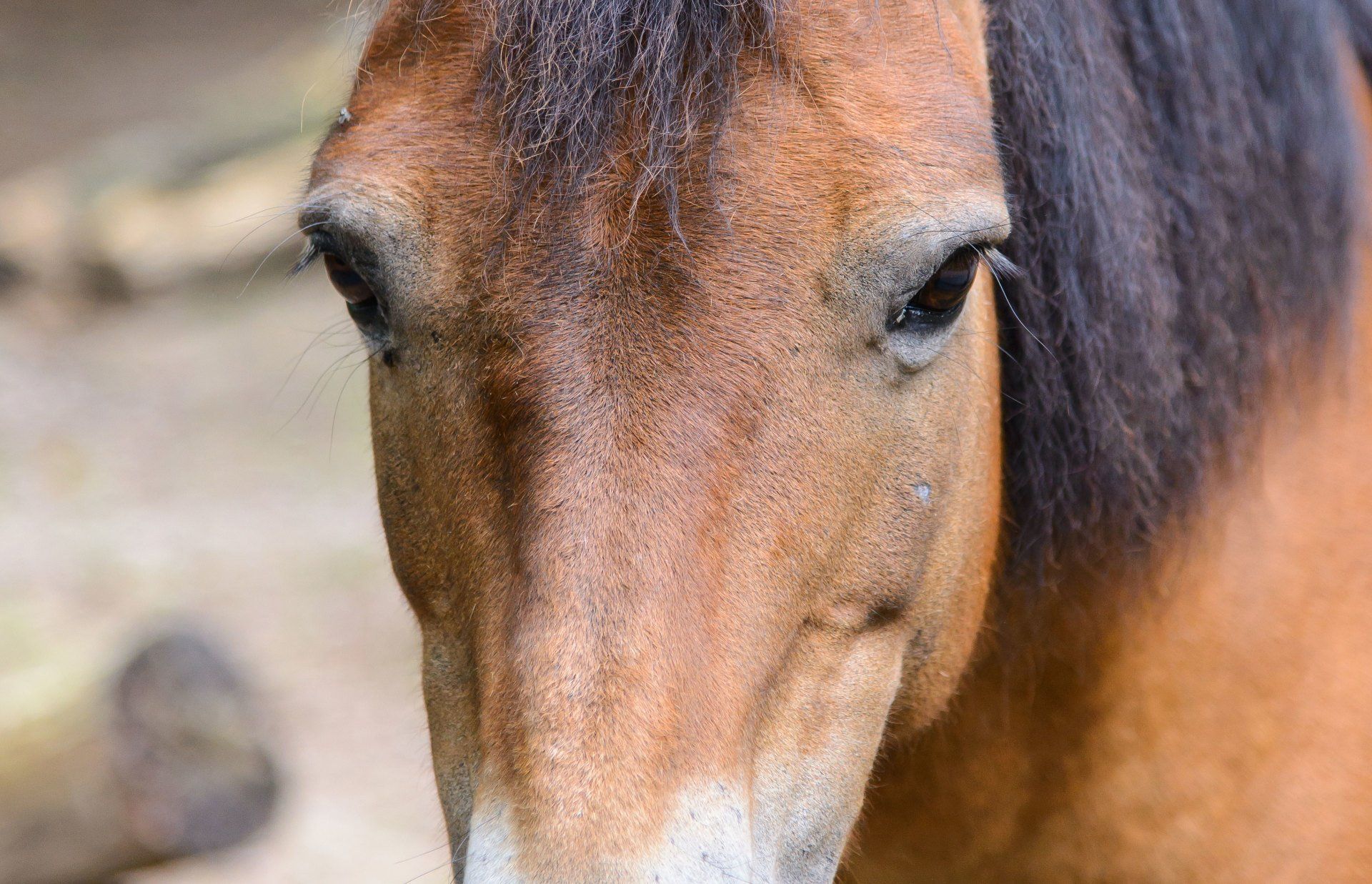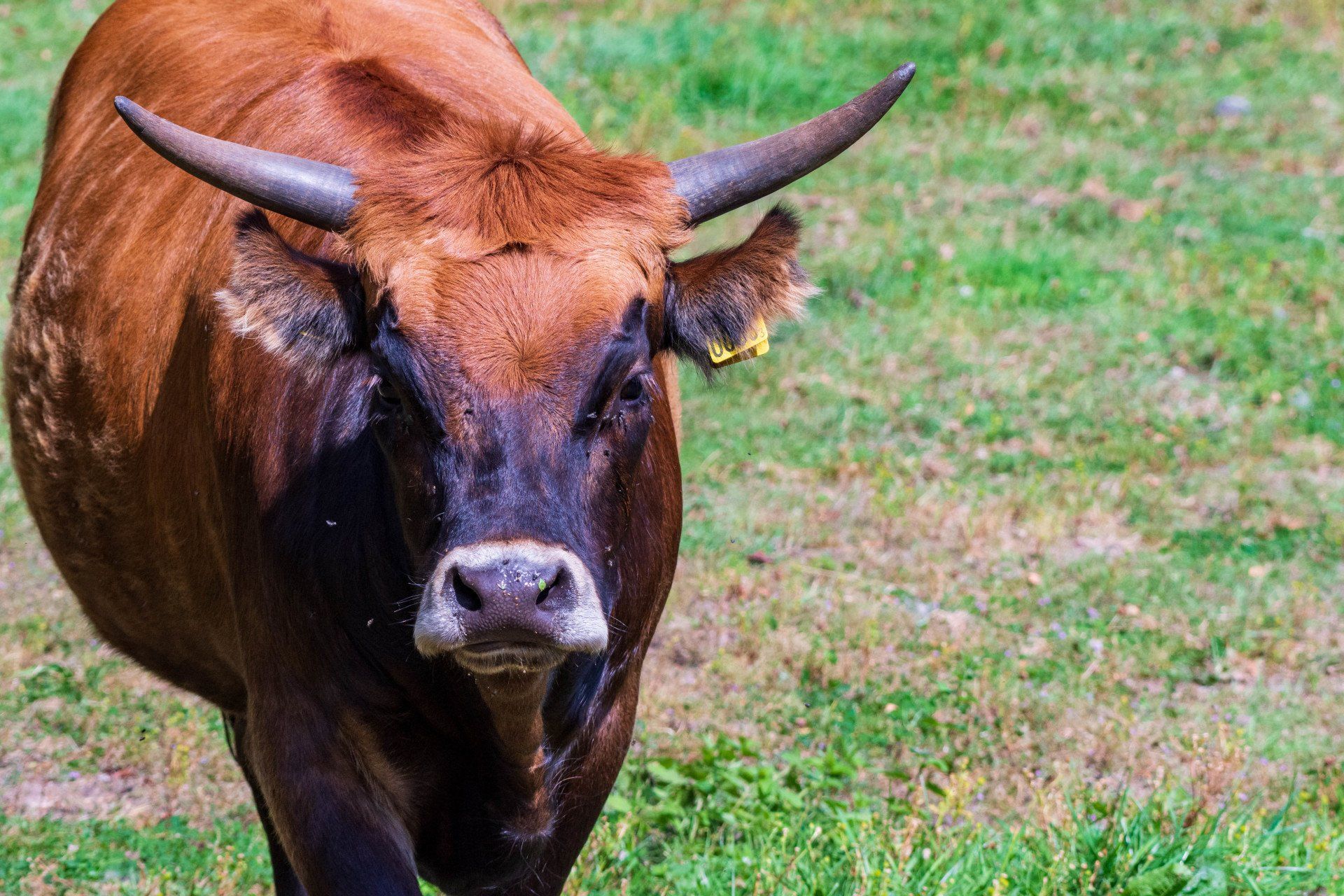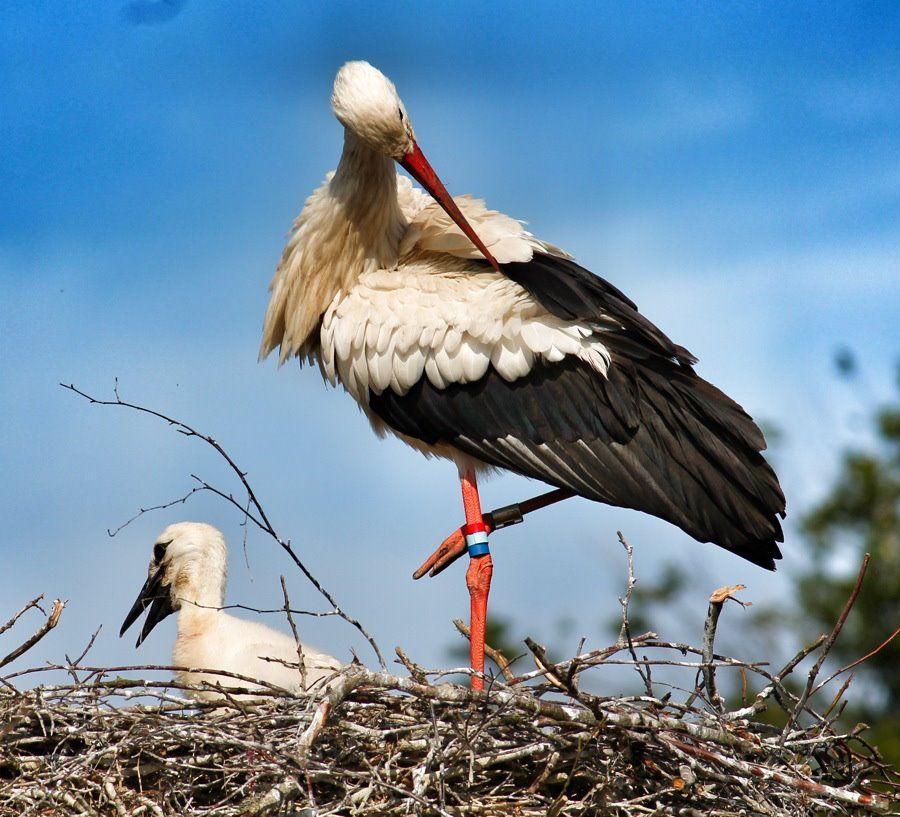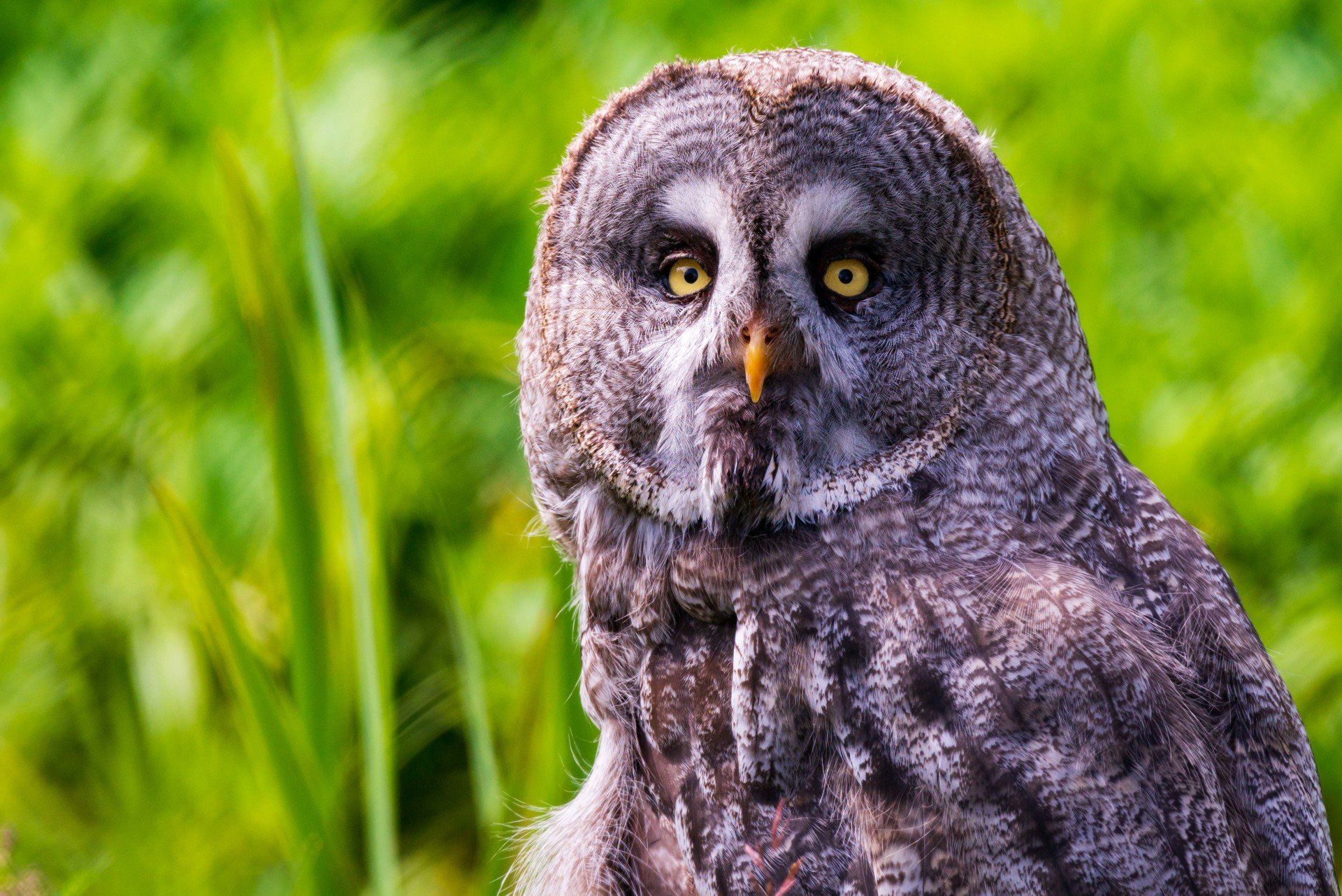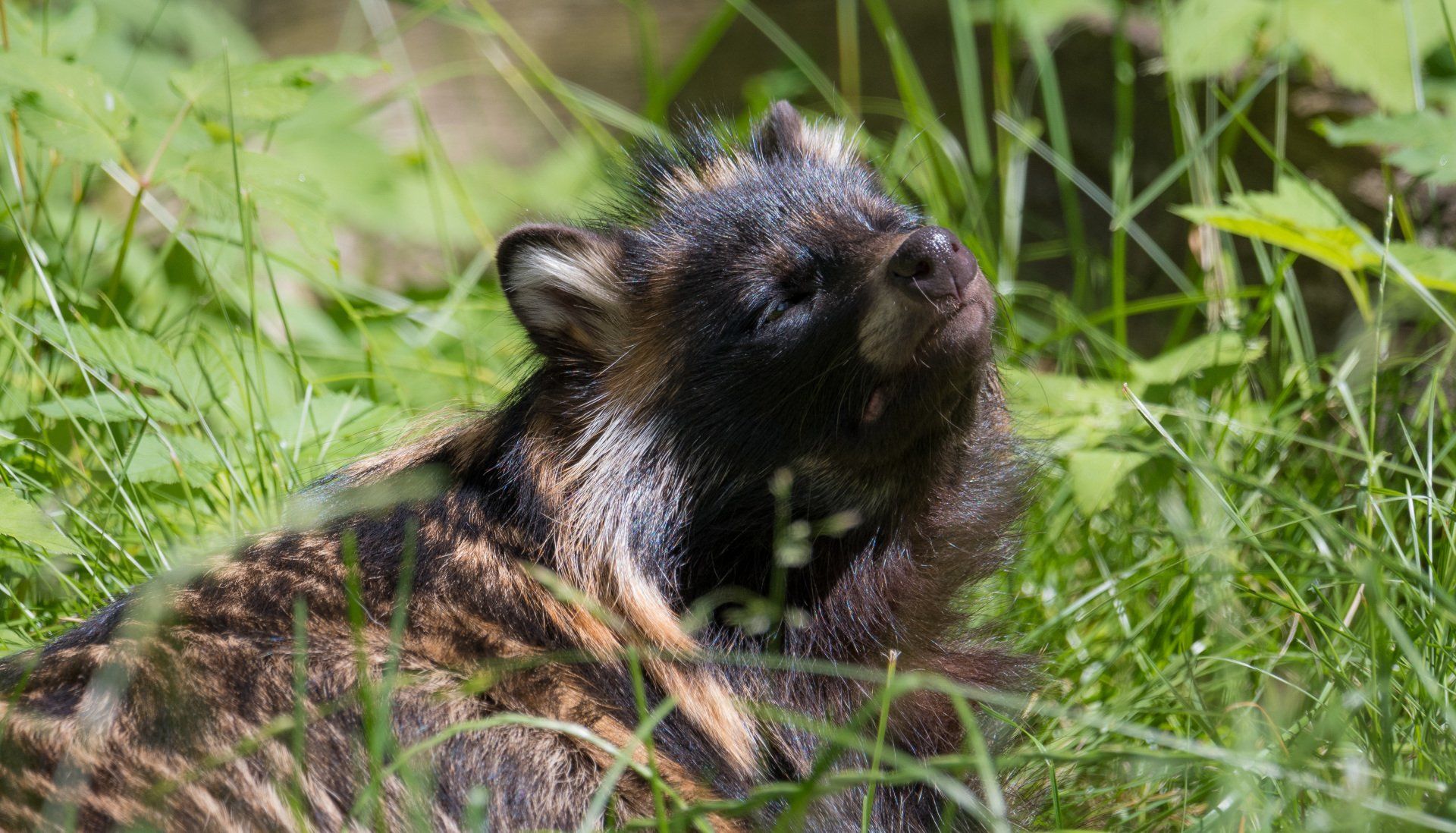Skånes Djurpark
Our mission around people, animals and nature
We are happy about the commitment that exists among our guests and in our surrounding world. We often get questions about Skåne Zoo, the animals and the work we do in the park. On this page, we have collected the most common questions and the answers to them. If you do not find answers to your questions, do not hesitate to contact us.
Why is there Skåne's Djurpark?
Vår mission är att skapa emotionell kontakt mellan människor, djur och natur. Det betyder att Skånes Djurpark ska vara vara en plats där barn, vuxna och familjer kan komma ut och bli inspirerade av den fantastiska natur och mångfald vi har i Sverige och i norden. Forskning visar att barn som förstår och har en relation till naturen skyddar den,
läs mer här >>. Idag, när många barn växer upp i städer, vill vi vara en plats där familjer på ett enkelt och lekfullt sätt kan komma nära naturen och djuren som lever i den.
I Skånes Djurpark bor omkring 50 arter nordiska djur. Sedan starten 1952 har parken levt efter ledorden "inga djur i bur" vilket gör att djuren lever i stora hägn så nära sin naturliga miljö som möjligt. Det gör att djuren kan gå undan och söka skydd om de vill, och det är inte säkert att de alltid är synliga för gästerna. Med tålamod och lugn och ro kommer man långt, men man kan också följa med på dagliga djurmatningar för att se djuren och lära sig mer om dem. Alla barn kan också låna en kikare på plats och de får ett upptäckarpass att ta med sig ut i parken. Vi tror att barn lär sig bäst om djur och natur genom att vara aktiva och nyfikna, och samtidigt leka, spana efter djur och ha roligt tillsammans med familj och vänner. Detta går hand i hand med parkens vision om att djuren ska ha stora ytor att röra sig på: barnen ser djuren i sin naturliga miljö genom att nyfiket spana med sin kikare och använda sitt upptäckarpass där de även fått roliga och lärorika uppgifter att lösa under besöket. Att våra gäster lär sig om den nordiska naturen och djuren som finns omkring oss är vår viktigaste uppgift. Det skapar en förståelse för hur vi på bästa sätt kan samexistera med djur och natur.
How do you work with the animals that live in the Skåne Zoo?
In Skåne Zoo, the team works in different ways towards one and the same goal: to spread knowledge and arouse curiosity about animals and nature through good animal welfare. In addition to trained animal keepers who take care of the animals on a daily basis, zoologists and veterinarians also work in Skåne Zoo. Once a week (and if necessary), Skåne Zoo's own veterinarian Kalle and animal nurse Maria come to ensure that the park's animals stay healthy. In addition to learning in the park, we also work actively to spread knowledge about animals and nature in other channels. For example, you may recognize Kalle from the documentary series "Veterinärna" shown on TV4. If you want to get an insight into how we work with the park's animals, you can watch the episodes here >>
Vilka djurarter bor i Skånes Djurpark?
In Skåne Zoo, almost exclusively Nordic animals live in their natural habitat. Most of these animals do not belong to endangered species, and we strive to make it so. We think it is at least as important to teach our children about the wild neighbors around us as it is to spread knowledge about endangered animal species. The park participates in several different projects, primarily in Skåne, which are about preserving our Nordic nature and the Nordic animal species. Here are some examples we are proud of:
- The stork project: A pair of storks live freely in the Skåne Zoo.Every year they return to their nest in the park and raise young together. The cubs are ringed and hopefully move south when autumn comes.
- The Berguv project: We actively participate in Project Berguv, where every year we release berg owl cubs into the wild.
- Linderödspig: All Linderöds pigs that exist today originate from the Skåne Djurpark. We have been preserving this landrace since 1952.
- Swedish landraces: Skåne Zoo participates in the conservation of several Swedish land breeds. Among other things Scanian Flower Hen, Black Hen, Gotland Rabbit and Rödkulla.
In addition to this, we also collaborate with researchers at various universities, mainly from Lund University. We also function as an educational platform for students from the animal care and adventure tourism department at the REAL high school in Skåne.
Are all animals born in zoos?
De allra flesta djuren hos oss är födda och uppvuxna i djurpark, och har föräldrar som även de är födda och uppvuxna i djurpark. Det finns undantag, till exempel vår björnhane Glok som hittades som unge övergiven tillsammans med sina två bröder och blev omhändertagen av djurparker.
Varför låter ni vissa djur få ungar?
It is important to offer the animals a variety of normal behaviors where reproduction, birth and care of young are a large part. The animal species that function biologically well in Skåne Zoo sometimes have young. For each species and for each individual, individual assessments are made in consultation with the national/international species coordinator, the park's veterinarian and zoologists. Depending on the current situation for the animal species, for example if there is an opportunity to place offspring either in other parks or in release projects, the species coordinator can recommend breeding or the use of preventive methods.
Our veterinarians and zoologists also make an assessment of the individual welfare of the park's animals. The benefits of allowing individual animals to have young can sometimes be so great that bdecision on reproduction is made, even though there is not always a guarantee that the offspring can be placed or stay in the park.
What happens to the children when they grow up?
We are transparent with the various options available for the young animal's future. The fact that we sometimes let animals have young means that some offspring will not live to old age, just like in nature.The animal species we have are very different from us humans in that they become sexually mature and "adults" much earlier - some already during their first year of life. We strive for the baby animals that are born to be able to be placed in the first place, but it happens that this is not possible. As part of preventing unplaceable pups from being born, we use p-rods on some animals.
Hjortar som en del av parkens kretslopp
Our deer live in large herds where hinds and stags walk together, which also means that they reproduce. The calves grow up together with the herd and are then used as fodder for the park's predators. Using the deer as fodder for the park's predators means that Skåne Djurpark has full insight into the entire process. We can let the deer live in herds and reproduce, which benefits animal welfare, and at the same time we know that the animals used as feed have lived a good life and are healthy. It is also positive from an environmental point of view as we minimize the transport of meat from outside.
Which animals are euthanized at Skåne Zoo?
Animals are mainly euthanized for veterinary reasons such as illness, injury or age-related problems. Some animals, for example the deer mentioned above, are planned surplus animals that are used as fodder for the park's predators. There are a few cases where animals born in the park cannot be placed. In 2018, for example, bear cubs were born in the bear den even though the male bear Glok had a p-stick. We managed to place two of these cubs in the newly opened English park Bristol Wild Life Project, while the other two cubs could not be placed. Another example is the lynx,an animal species where contraceptives cannot always be used because, among other things, the felines are at risk of obesity. We often manage to place any offspring, but in 2018 there were two lynxes that we could not place. The park always makes every effort to place any surplus animals.
Decisions about euthanasia are always preceded by ethical discussions and a systematic number of considerations involving the species coordinator, zoologist, veterinarian and animal keeper.
Skånes Djurpark i framtiden
We wish to become the main meeting place where children, adults and families learn about the Nordic nature and the animals that live in it through a good experience. Through our work, we want to create relationships between people, animals and nature and a sense of belonging: we humans are also part of nature's important and valuable cycle. Through our daily actions, we have the opportunity to contribute positively to a sustainable way of coexisting with animals and nature.
